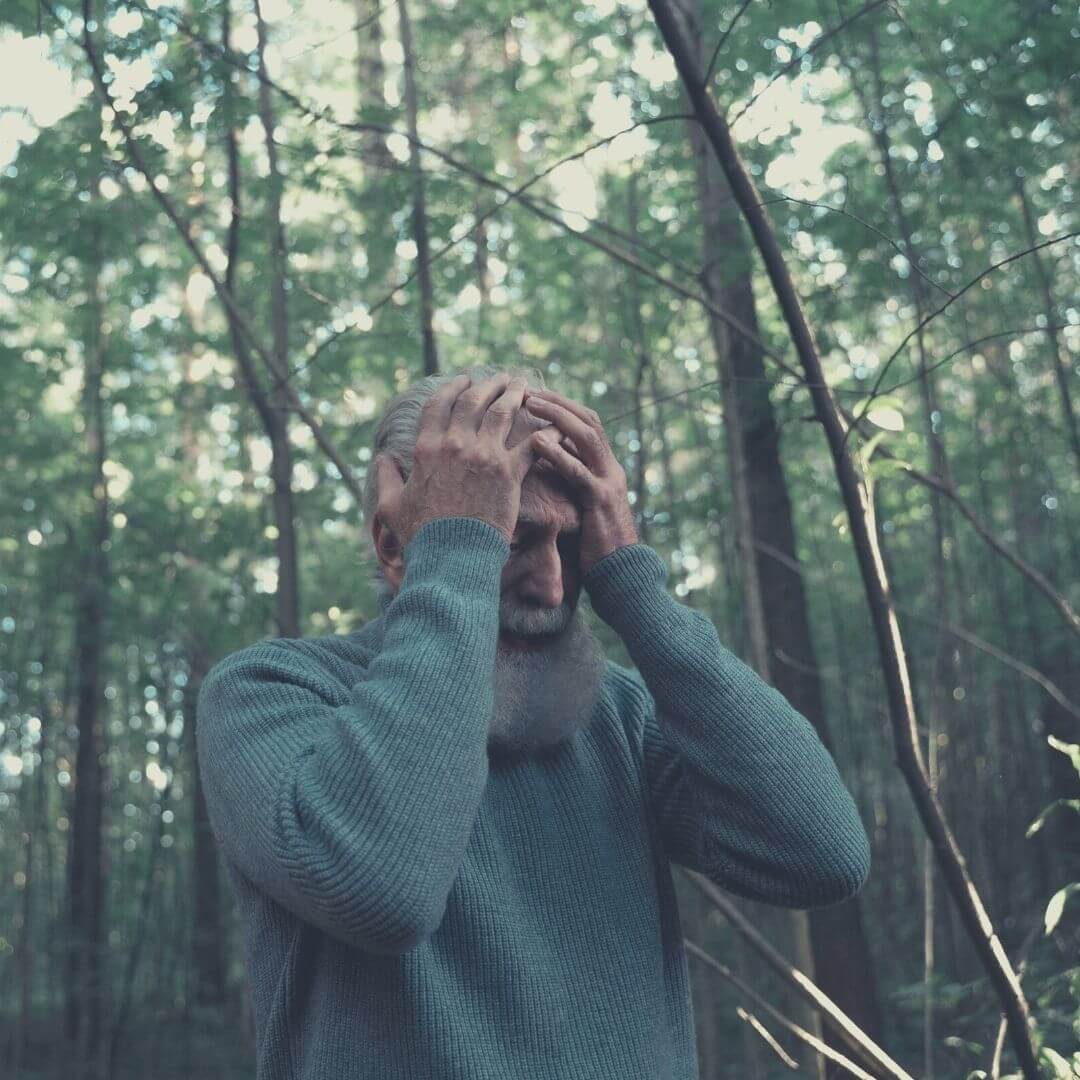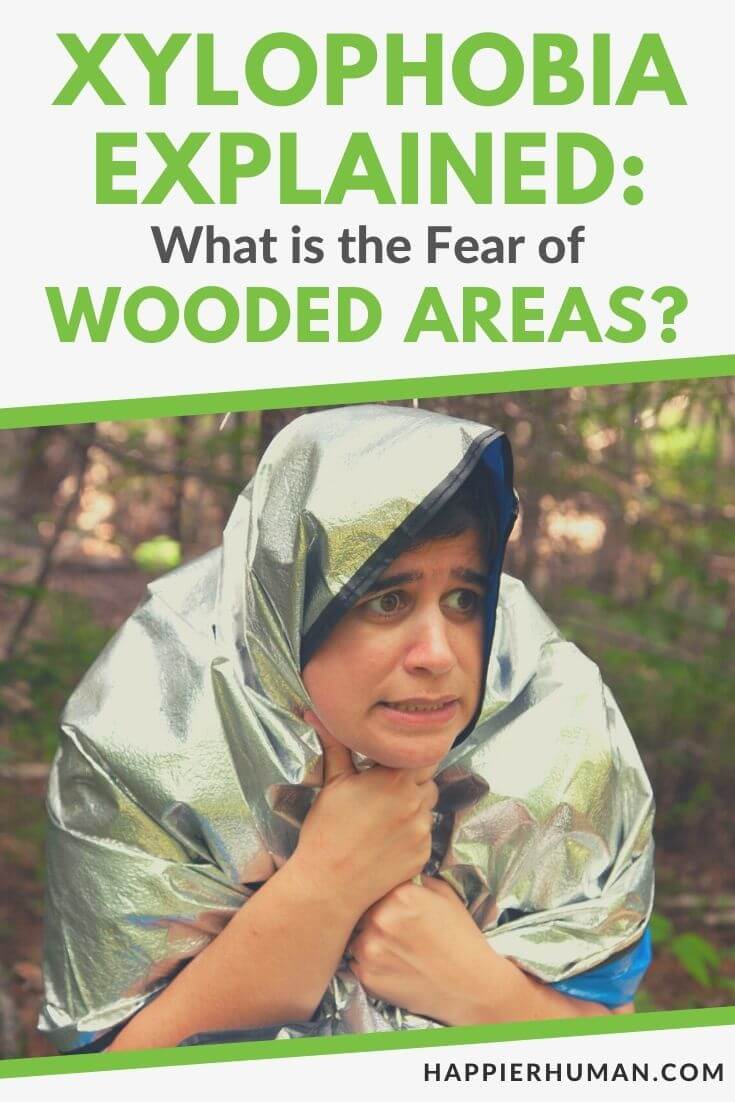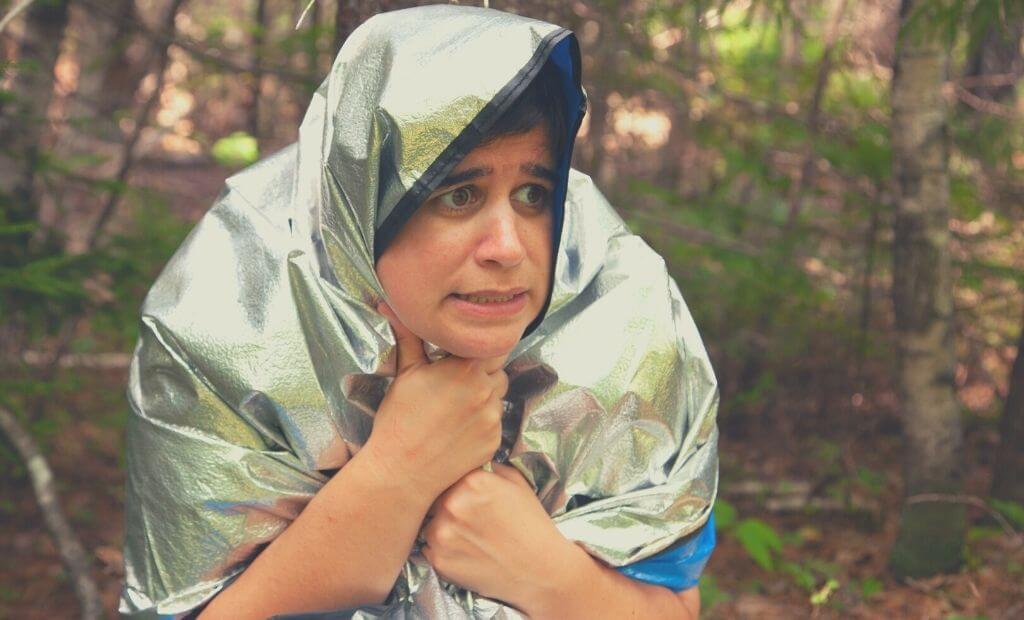Have you ever asked somebody what they are afraid of and their answer was, “nothing”? That’s doubtful. In fact, I’d wager to say every single person on the planet fears something… and these fears may change as life does. For instance, I used to be afraid of clowns.
Now that I’m a mom of young kids, that fear has taken a backseat (bordering on non-existant) because I don’t want to project that onto my kids.
Fears are a normal part of life, simply reactions to something you feel threatened by. Phobias, on the other hand, trigger a fear response even when you're not in danger. It’s more than just not liking something, phobias are capable of crippling you with anxiety and preventing you from moving forward. They can also cause a slew of health problems, mentally and physically.
One interesting phobia is something called xylophobia. In this article, we’ll define Xylophobia, how to identify its symptoms, explore the root causes of this fear, and provide a few actionable strategies to overcome it.
Let’s dive in.
What is Xylophobia?
Xylophobia is a fear of wooded areas… and, yes, it’s a real thing for some people. While many associate woodland areas with peace and nature, there are others that become paralyzed at the very thought of stepping even one foot into an isolated wooded area. Another name for this phobia is hylophobia.
Some people with this phobia feel that it becomes worse in the evening, but many are afraid no matter the time of day.

Scientists are still trying to figure out if it has to do with the trees themselves, or a combination of other fears and phobias coming into play. Perhaps they have a fear of wild animals, the dark or suffer from mild claustrophobia?
Regardless of the basis of the phobia, it is very real to them. If it sounds like you may be suffering from xylophobia, you can take a quick quiz here.
Symptoms of Xylophobia
As with many phobias, xylophobia can present itself in a number of ways. It can cause physical unrest, with symptoms such as:
Often, symptoms such as these are dismissed or viewed as unrelated. A woman, for instance, may just think she’s ovulating… or a man may chalk up his increased heart rate to having too much caffeine in the morning before his hike. But xylophobia, like all other phobias, is very real and can have very serious implications on the body… so ignoring them would be a mistake.
Emotional implications can also rear their ugly head in the form of:
Refusing to face your fears head on, and acknowledge your phobia, can put you at unnecessary risk for many things… and your anxiety levels will soar as a result. The good news is, there is help!
But before we talk about treatment, let’s get to the root of the problem.
Causes of Xylophobia
Experts in the field have yet to identify the exact cause of xylophobia; however, they have been able to narrow it down a bit. As with many phobias, xylophobia/fear of wooded areas can often be traced back to 3 most likely culprits:
It is no secret that suffering through a traumatic event can stick with you. My mom, for example, saw a classmate fall through the ice when she was a child and the girl drowned. To this day, my mother won’t skate on a pond, river or lake. In fact, it took years of therapy for her just to be able to ice skate at an indoor rink.
Genetics is another factor. If you have a family history of anxiety disorder, depression, or a more serious mental illness… you have a greater chance of suffering from a phobia, among other things. Today, many people take advantage of at-home genetic testing, which is a great way to warn future generations of things they may want to be on the lookout for.
It’s also a good idea to talk with a therapist sooner than later, if you believe you have a genetic claim to these things.
Finally, the world in which we live and the circumstances in which we find ourselves in, can also play a role when it comes to phobias such as this one. For instance, if you live in a city and your quickest path to work is to cut through a scenic park, you’d likely take it.
That said, when you start listening to all of the chatter and reading social media posts about recent attacks and crime in that park, you may be inclined to develop xylophobia… which would be totally understandable, however, can spin out of control if not treated early.
How to Treat Xylophobia: 5 Strategies
There are few proven methods for treating phobias in general that have also proven effective for patients suffering from xylophobia/fear of wooded areas. Here are the most common.
Strategy #1: Cognitive behavioral therapy (CBT)
Cognitive behavioral therapy, or CBT for short, is the go-to treatment for specific phobias – including xylophobia. This practice works by helping patients hone in on and acknowledge the negative thoughts that contribute to their irrational fears.
Once those fears have been identified, a therapist will urge their patient to replace those thoughts with “counter thoughts”. Basically, this meansletting go of the bad… and embracing more realistic, tangible and useful thoughts.
Strategy #2: Exposure Therapy
Exposure therapy is a form of treatment that encourages the patient to literally (but safely) expose themselves to what they are afraid of. As humans, we are hardwired to avoid the things we are scared of; but, by doing so we run the risk of making the problem worse, as it grows larger than life in that part of our mind where fear lives.
With the proper supervision, exposure therapy can be highly effective. There are different variations of this type of therapy, some a bit more extreme than others. That is why it often requires guidance from a trained professional to determine a specific course of treatment, based on the individual’s progress and comfort level.
Sure, you may feel brave enough to take a few steps deeper into the woods each time with a friend by your side; however, if you are truly paralyzed at the thought, it may be best to seek counsel from someone trained in exposure therapy. This is your best shot at it being effective.
Strategy #3: Medications (prescribed or homeopathic)
While I am not one to push medications, I will be the first to admit that prescription medications are sometimes necessary in order to get to a place where you can be your best self. Say you suffered from high cholesterol and were overweight… would you take a medicine to keep it at bay until you were able to lose enough weight to see it come down naturally? Of course you would. Nothing has to be forever, but we all need a bit of help from time to time.

The most prescribed medications for xylophobia are often beta blockers and anti-anxiety medications. Beta blockers typically lower blood pressure and improve cardiac rhythm, whereas anti-anxiety medications are meant to address panic attacks that are often associated with phobias.
Beta blockers are meant to be taken daily in order to build up efficacy. Anti-anxiety meds, such as clonazepam, are most often taken as needed… which makes them likely to be less addictive. Also, not all phobias affect us daily. In extreme cases, antidepressants may be prescribed, but those are typically taken on a daily basis and run a greater risk of withdrawal when trying to wean off them. There are many types of these drugs, designed to target different receptors.
Strategy #4: Mindfulness and Meditation
If your xylophobia still appears manageable – as in you aren’t crouched down in the fetal position after walking less than 5 minutes on a hiking trail – you may want to consider the self-help methods of mindfulness and mediation. In fact, oftentimes the two can be done together by utilizing calming phrases and deliberate breathing.
That said, mindfulness may be the slightly more effective of the two for keeping phobias at bay because it can be done anywhere. You can practice mindful affirmations while lying in bed, in the shower or bath, driving to work or out for a walk. Keep telling yourself you can beat this… and you just might!
Strategy #5: Yoga Poses
Another self-care method gaining in popularity for treating xylophobia is yoga. Studies have shown that yoga, and other exercises, can help lessen the side effects of stress and anxiety… which can consequently help keep phobias from taking over completely, or at the very least, slow the spread of the panic.
There are numerous different yoga poses that can substantially benefit someone who is suffering from xylophobia. But whichever poses you choose, whether standing or lying down, the art of yoga is a feel-good way to redirect your attention to something more productive… rather than obsessing over what troubles you. Think of it as traveling within yourself to avoid what is surrounding you.
Final Thoughts on Xylophobia: The Fear of Wooded Areas
If you remember nothing else I’ve written, hear this: we all have our “stuff”. Whether it’s baggage from a failed relationship or the tendency to engage in irrational or self-deprecating behavior.
Some of us appear quirky or odd… while others of us are extremely self-centered or nearly impossible to please. Whatever we bring to the table, it’s a part of who we are and what makes us human… for better or for worse.
And being human means that we’re all scared sometimes. It comes with the territory. And no fear should be dismissedentirely; however, once you allow it to consume you, it becomes a phobia.
Xylophobia can be treated, just like any other mental affliction. In some cases, people will be inclined to seek aggressive and supervised therapy from a licensed practitioner… whereas others may find the help they need through the practice of self-care. Should you choose the latter, remember to take things slowly and seek help if you’re feeling yourself stuck.
For more on overcoming your fears in life, be sure to read this article filled with useful daily affirmations. And if you would like to learn more about a particular phobia, let us know in the comments section below and we’ll get our writers to work on it!

Nicole Krause has been writing both personally and professionally for over 20 years. She holds a dual B.A. in English and Film Studies. Her work has appeared in some of the country’s top publications, major news outlets, online publications and blogs. As a happily married (and extremely busy) mother of four… her articles primarily focus on parenting, marriage, family, finance, organization and product reviews.


